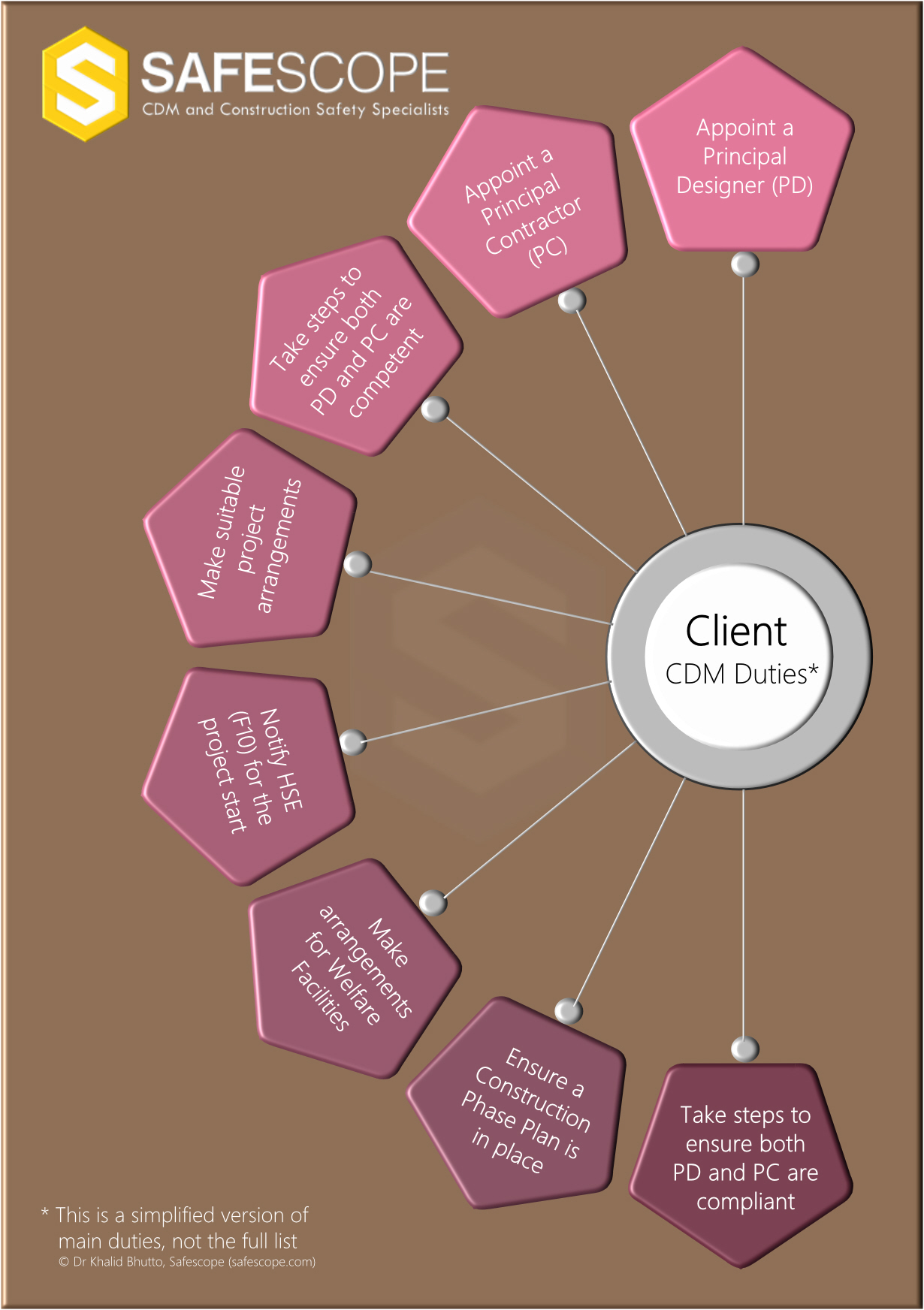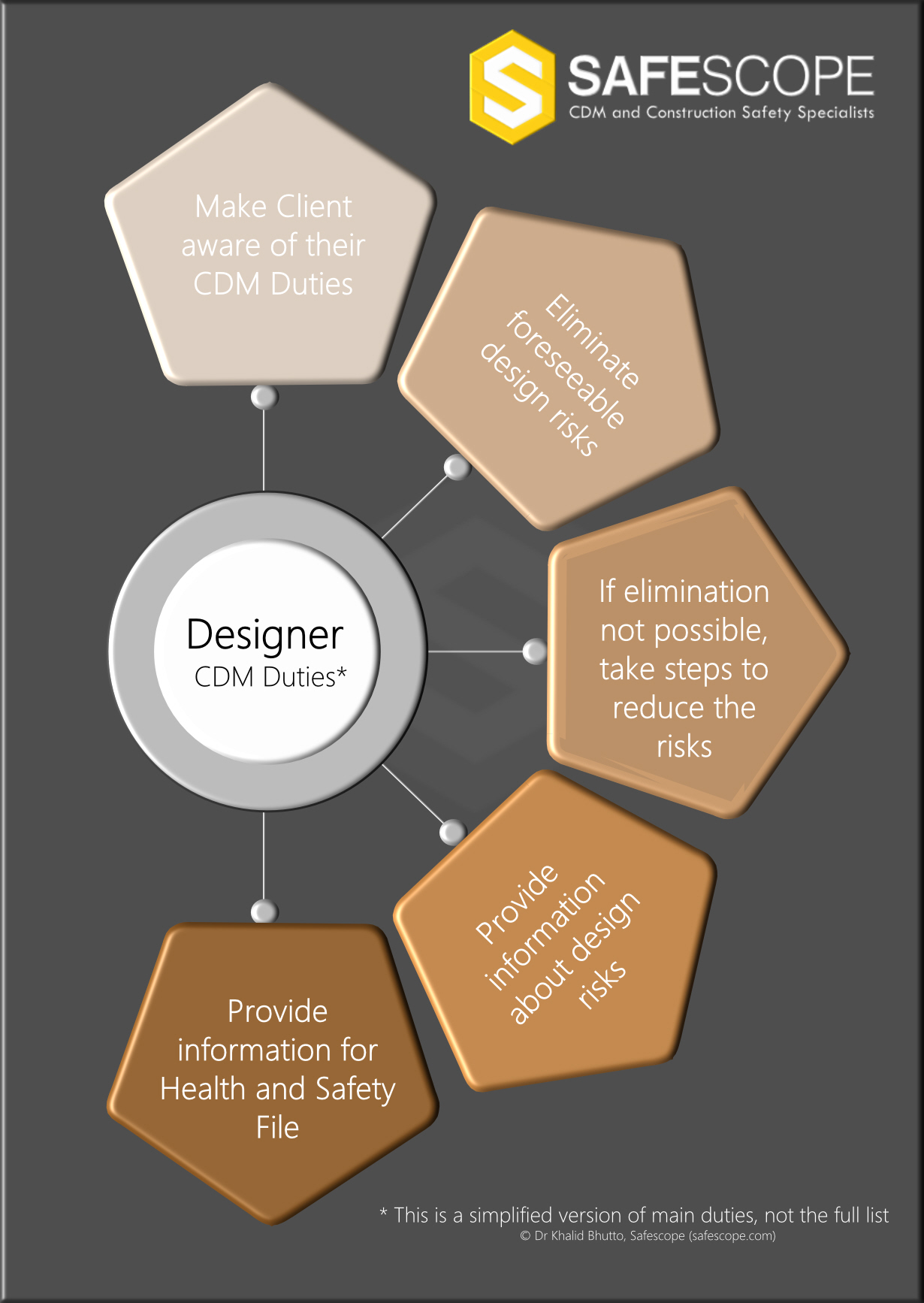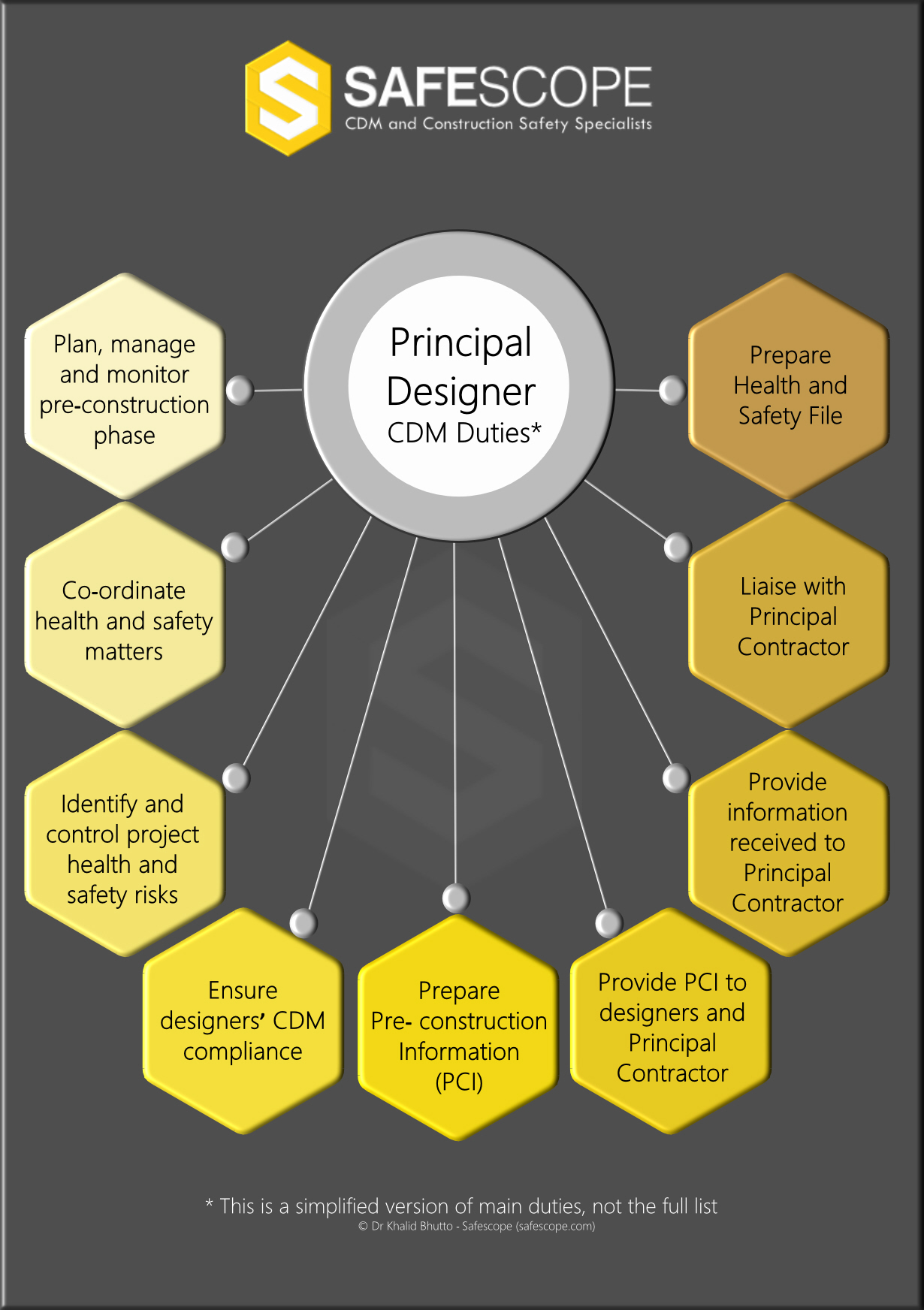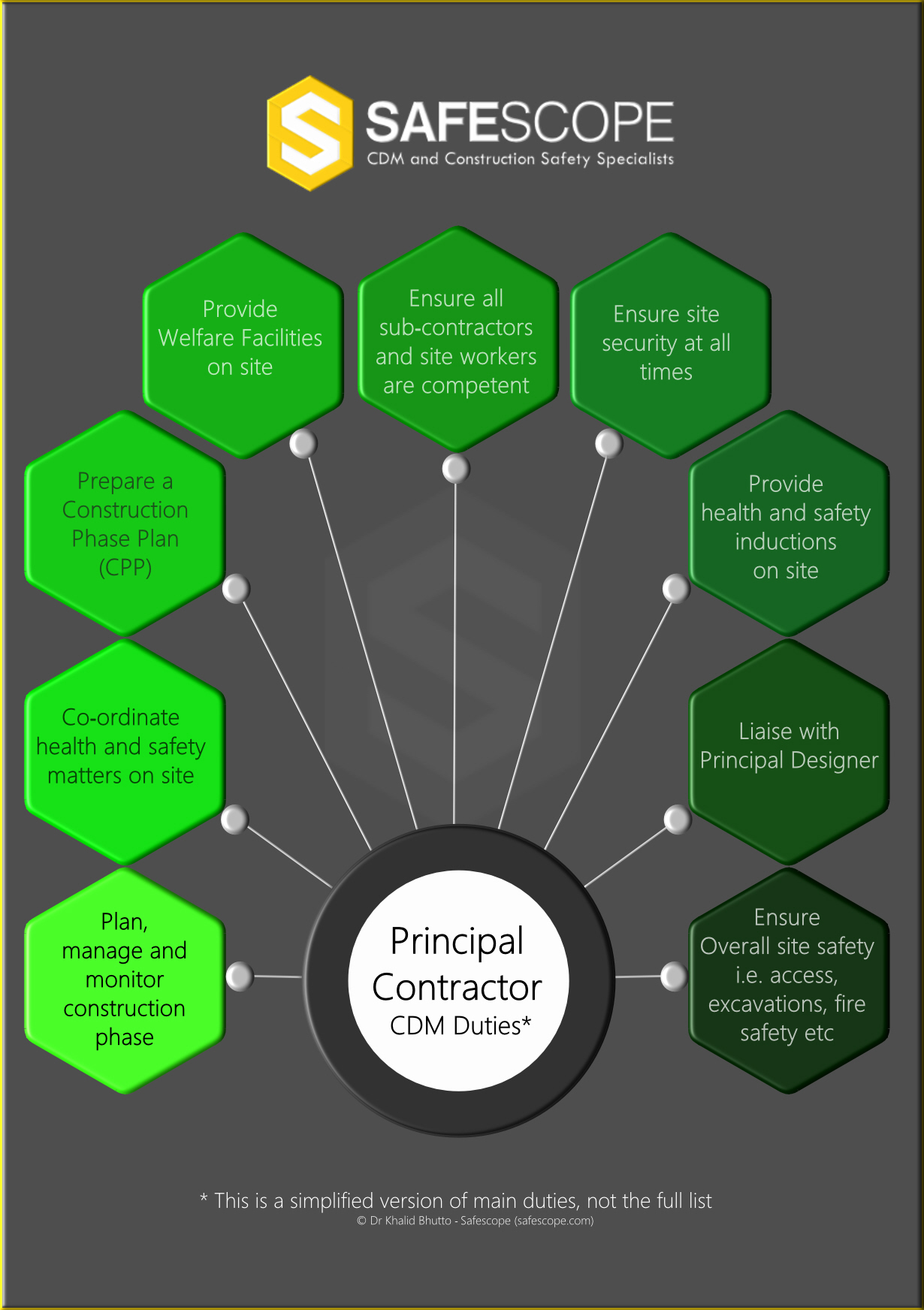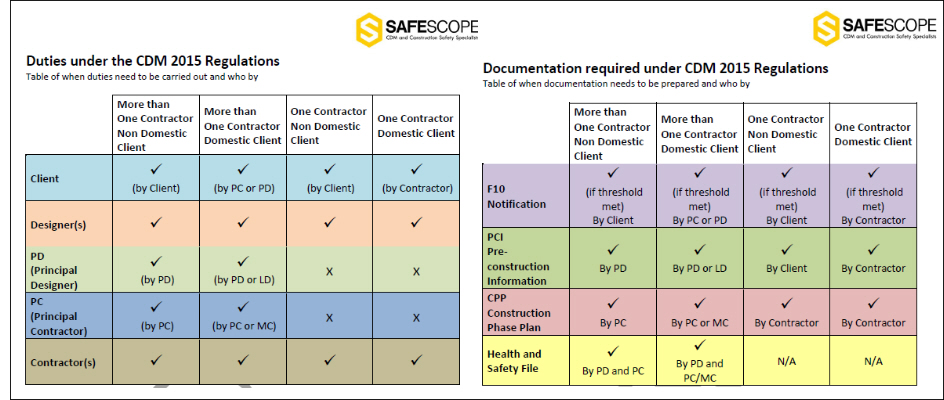CDM for construction projects with only one contractor
The CDM 2015 Regulations now apply to all construction. projects, regardless of the project size and duration, and whether the project is domestic or non-domestic.
The appointments of a Principal Contractor and Principal Designer however are not always required, depending on the number of contractors involved in the project.
If a contractor will be carrying out all works on a project themselves and will not be using any other subcontractors to carry out any part of the works then this would be classed as a one contractor project and a Principal Designer does not need to be appointed.
The appointment of a Principal Contractor is also not required however, the contractor would still be required to prepare a Construction Phase Plan for the project and, in the case of a Domestic Client Project, they would still be responsible for fulfilling the Client Duties, which include (among other duties) submitting the F10 notification to the HSE if the threshold is met.
It should be noted that most projects will involve more than one contractor. Even if there will only be one contractor on site at a time (i.e. one contractor finishes their work before the next contractor starts) or one contractor is carrying out the main bulk of the works and another contractor will only be on site for a few days/ hours for some minor works, this would still mean the project is more than one contractor.
Be aware that if the client on a non-domestic project fails to appoint a Principal Designer and/or a Principal Contractor (in writing) when more than one contractor is involved, then the Client themselves will automatically assume the legal duties of both roles.
On a domestic project if the client fails to make the appointments then the role of Principal Designer automatically falls to the main designer and the role of Principal Contractor automatically falls to the main contractor.
On our website you can find several helpful flow diagrams and charts which make it easier to understand how the CDM regulations apply in different project scenarios.
For a general CDM 2015 flowchart, please click here.
For a chart which shows the application of the CDM
regulations by duty holder, please click
For a chart which shows the application of the CDM
regulations by relevant documentation, please click
For a chart which shows the application of the CDM
regulations by relevant documentation, please click
